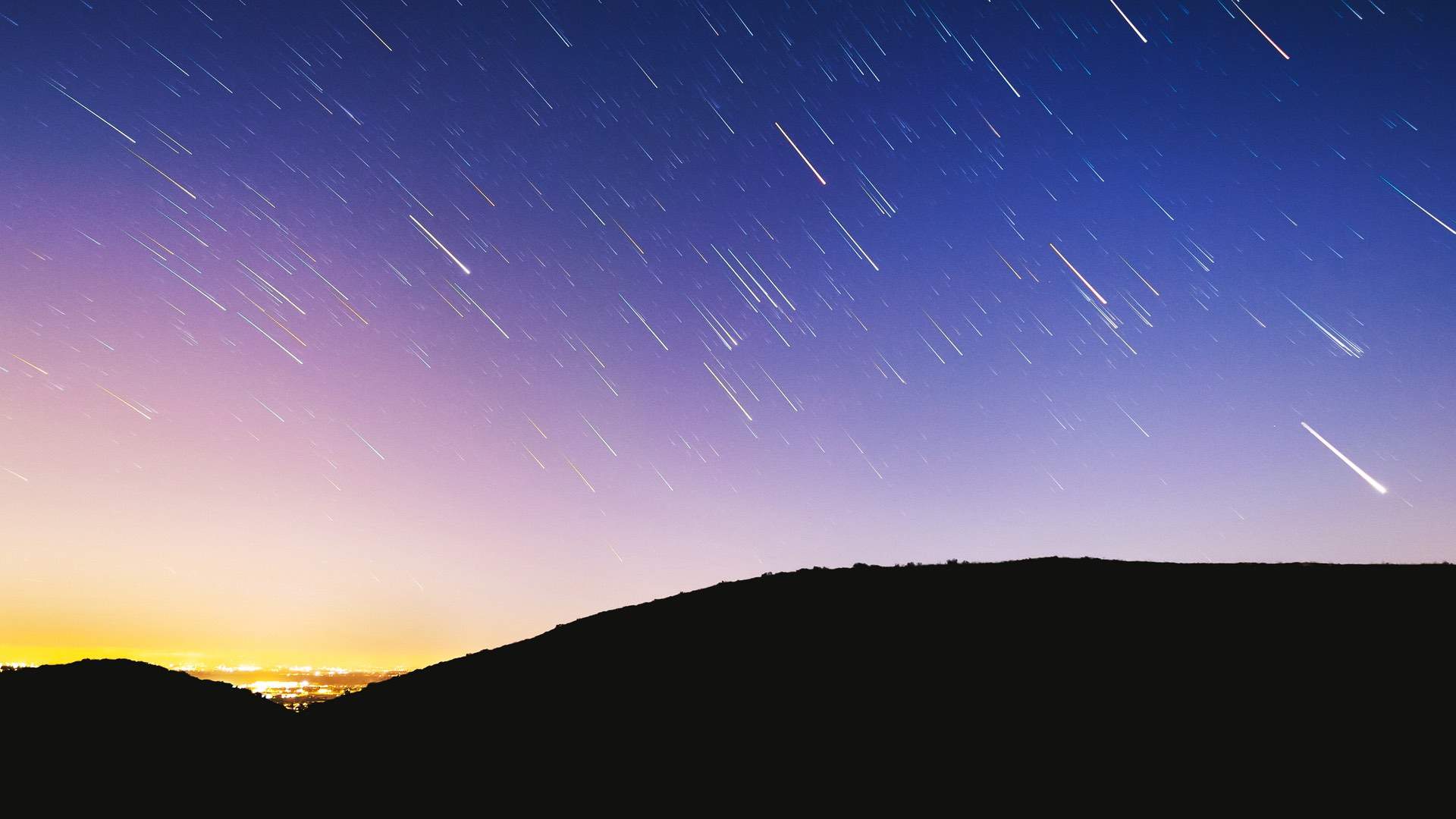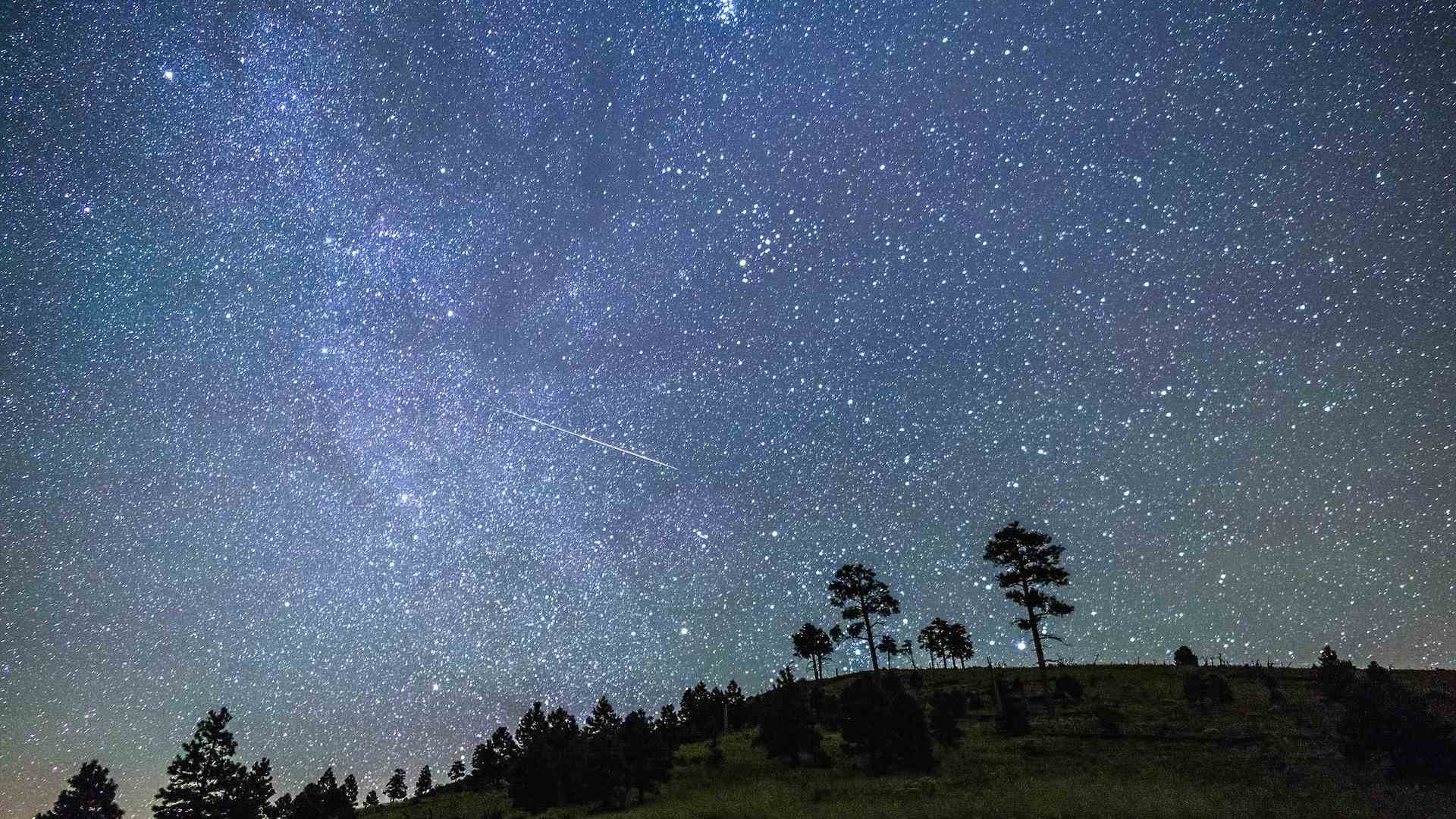Everything You Need to Know About This Year's Eta Aquarids Meteor Shower
This spectacular starry event only happens once a year — here's how you can get a glimpse.
If the beginning of 2020 has had you looking forward to the future more than usual, we don't blame you given the current state of affairs. But this week you might want to look to the skies as well — and feast your eyes on a luminous night sky.
Every autumn, the Eta Aquarids meteor shower sets the sky ablaze. This year, the shower will be at its most spectacular early Wednesday, May 6 (very early) — here's how to catch a glimpse from your backyard or balcony.

WHAT IS IT
The Eta Aquarids might not be as famous as Halley's Comet, but they are actually a distant relation — the bits and pieces you see flying around were on Halley's path a really, really long time ago. And, rather than only being visible every 76 years (the next Halley's Comet sighting is in 2061), the Eta Aquarids come around every year, usually between April 19–May 28 every year. The shower's name comes from the star from which they appear to come Eta Aquarii, which is part of the Aquarius constellation. So, that's what you'll be looking for in the sky.
Luckily, being in the southern hemisphere, we get some of the best views in the world. On average, you can see up to 20–40 meteors per hour.

WHEN TO SEE IT
The shower will reach a peak in the early morning of Wednesday, May 6, but will still be able to be seen for a day or two on either side. The best time to catch an eyeful is just before dawn after the moon has set, so around 4am.
This year, at that time, you'll be in the running to see as many as 50 meteors every 60 minutes. Each will be moving at about 225,000 kilometres per hour, shining extraordinarily brightly and leaving a long wake. The shower's cause is, essentially, the Earth getting in the comet's way, causing stardust to fry up in the atmosphere.
HOW TO SEE IT
Usually, when a meteor shower lights up the sky, we'd tell city-dwellers to get as far away from light pollution as possible to get the best view. That's not advisable given the current COVID-19 restrictions in place, so you'd best take a gander from your backyard or balcony.
To help locate them, we recommend downloading the Sky Map app — it's the easiest way to navigate the night sky (and is a lot of fun to use even on a non-meteor shower night). If you're more into specifics, Time and Date also have a table that shows the direction and altitude of the Eta Aquarids. They've been updating this daily.
Generally, the weather is set to be fairly clear along the east coast with some chances or showers and cloud cover — hopefully in the early hours the sky is clear. This year, the meteor shower will also have to compete with an almost-full moon, so you'll catching a glimpse pre-dawn after the moon sets is your best bet.






